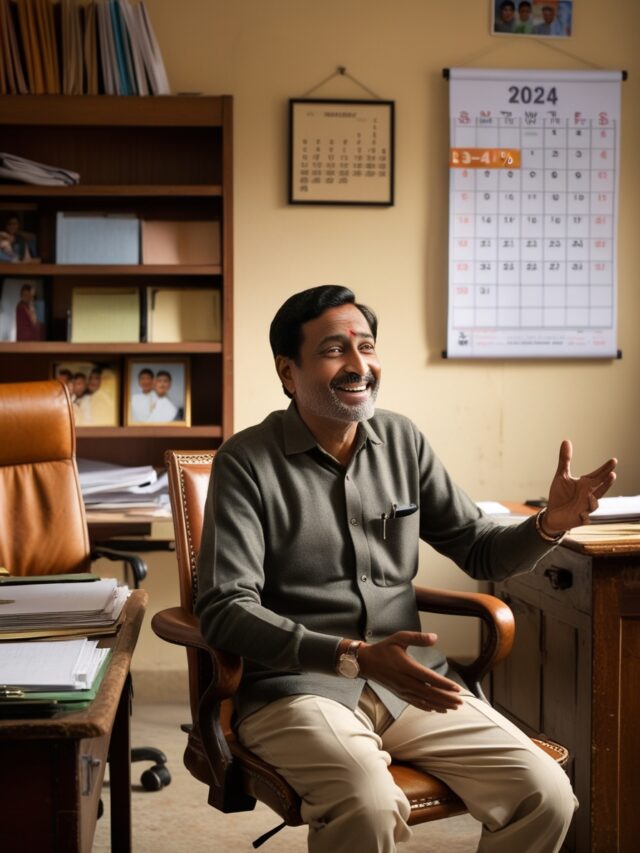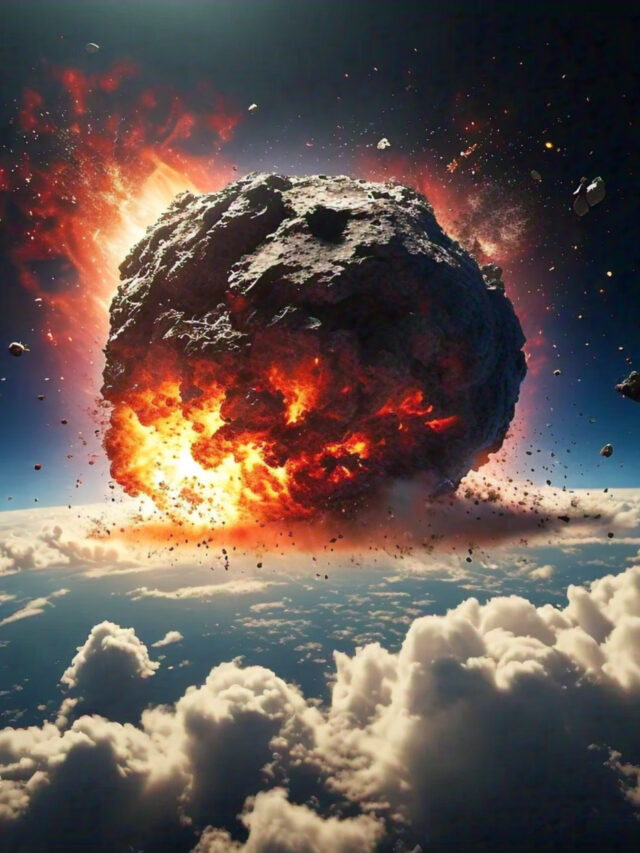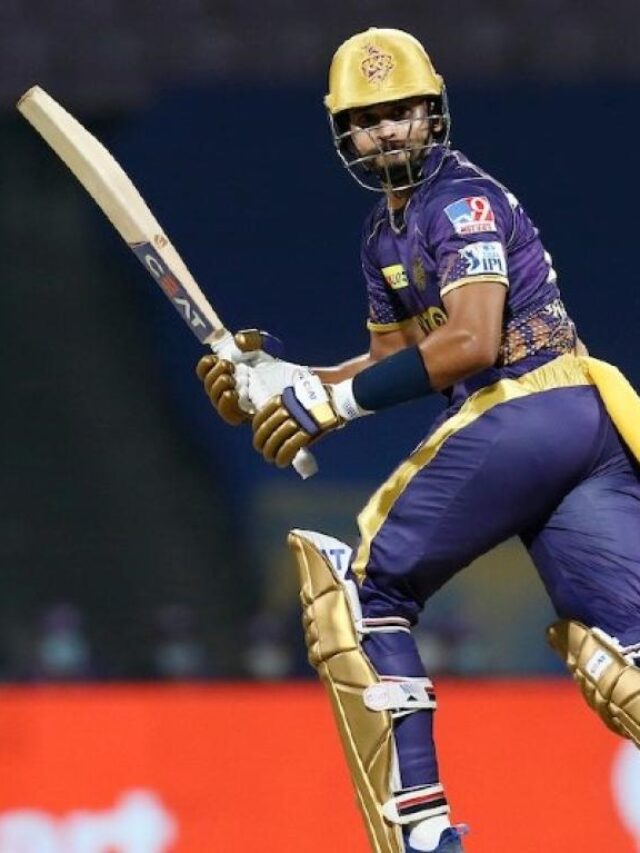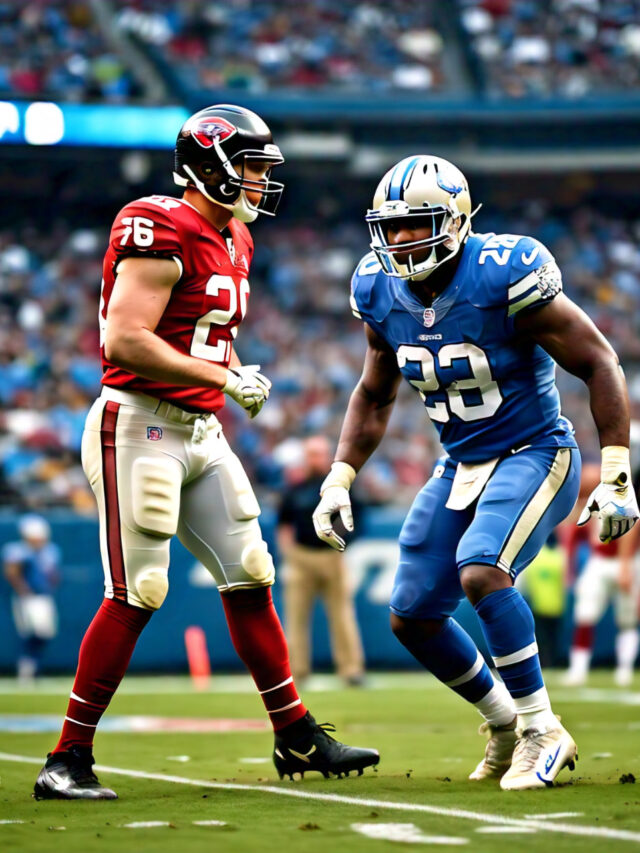
1. Which term was used for the Royal cavalry of the Maratha Army System?
- The Shiledars
- The Bargirs
- The Hazari
- The Subedars
Show Answer
Answer: The Bargirs
The term “Bargirs” was indeed used for the royal cavalry of the Maratha Army system. The Bargirs were an elite cavalry unit in the Maratha military, known for their exceptional skills in warfare and horsemanship. They played a crucial role in the Maratha Empire’s expansion and defense.
2. The famous “Treaty of Purandhar” was signed between Shivaji and whom in 1665?
- Jaswant Singh
- Jai Singh
- Shaista Khan
- Aurangzeb
Show Answer
Answer: Jai Singh
The “Treaty of Purandhar” was signed between the Maratha king Shivaji and Mughal general Jai Singh I in 1665. According to the treaty, Shivaji agreed to become a vassal of the Mughal Emperor Aurangzeb and cede some of his forts, but he later escaped from house arrest, resuming his campaign to establish the Maratha Empire.
3. Which empire was known as “Mulk-e-Khadim”?
- Mysore Sultanate
- Madurai Sultanate
- Maratha Kingdom
- Bijapur Kingdom
Show Answer
Answer: Maratha Kingdom
The Maratha Kingdom was known as “Hindavi Swarajya” or simply “Swarajya” during the rule of Shivaji. The term “Mulk-e-Khadim” was not commonly used to refer to the Maratha Kingdom.
4. Who among the following is said to be the pioneer of guerilla warfare in the Deccan region?
- Shivaji
- Shah ji Bhosle
- Malik Ambar
- Maloji Bhosale
Show Answer
Answer: Malik Ambar
Malik Ambar, a prominent figure in Deccan history, is often credited with pioneering guerrilla warfare tactics against the Mughals. His strategies included hit-and-run attacks, ambushes, and other unconventional methods that became influential in Deccan military history.
5. In the council of 8 Ministers of Shivaji which was called as Ashtapradhan, who was known as chief Minister and was responsible for General Administration?
- Peshwa
- Amatya
- Sachiv or Shuru Navis
- Majumdar
Show Answer
Answer: Peshwa
In the council of eight ministers of Shivaji, known as the “Ashtapradhan,” the Peshwa held the position of chief minister and was responsible for general administration. The Ashtapradhan was a significant administrative council in the Maratha Empire.
6. In context with the Ashta Pradhan, that helped with the administration of the Maratha empire of Shivaji, who among the following was the Amatya?
- Moro Trimbak Pingale
- Ramchandra Neelkanth Mujumdar
- Annaji Datto Dattaji Trimbak Waknis
- You skipped this question
Show Answer
Answer: Ramchandra Neelkanth Mujumdar
Ramchandra Neelkanth Mujumdar was indeed a member of the Ashtapradhan council during the reign of Chhatrapati Shivaji. He served as the Amatya, a high-ranking minister responsible for finance and administration, and was one of the youngest members of the council.
7. Who among the following was the religious guru of Shivaji?
- Tukaram
- Eknath
- Jnaneshwar
- Ram Das
Show Answer
Answer: Ram Das
Ram Das was the religious guru of Shivaji
8. At which of the following places Shivaji was coronated?
- Raigad Fort
- Aurangabad
- Peshawar
- Bundela
Show Answer
Answer: Raigad Fort
Shivaji was coronated at Raigad Fort.
9. In which year did Shivaji sack the port of Surat?
- 1660
- 1664
- 1666
- 1667
Show Answer
Answer: 1664
Shivaji did indeed sack the prosperous port city of Surat in 1664, leading to tensions with the Mughal Emperor Aurangzeb. This action by Shivaji provoked the Mughals and contributed to the events that led to the Treaty of Purandhar in 1665.
10. With whom did Shivaji sign the Treaty of Purandar?
- Diler Khan
- Adil Shah
- Jai Singh
- Afzal Khan
Show Answer
Answer: Jai Singh
Shivaji initiated negotiations with Raja Jai Singh and eventually signed the Treaty of Purandhar in 1665. The treaty was signed after the Mughals laid siege to Purandar Fort, and Shivaji agreed to become a Mughal vassal.
Q11: In which year was the Battle of Salher fought between Shivaji and the Mughals?
1. 1647 CE
2. 1672 CE
3. 1682 CE
4. 1662 CE
Show Answer
Answer: 2
Explanation: Shivaji was a formidable military leader who achieved notable victories. In 1672, he defeated the Mughals in the Battle of Salher and later crowned himself with the title Maharaja Chhatrapati.
Q12: In which year did Shivaji die?
1. 1670 CE
2. 1680 CE
3. 1675 CE
4. 1690 CE
Show Answer
Answer: 2
Explanation: Shivaji Raje Bhonsle passed away in 1680 after ruling for more than six years. He promoted Sanskrit and upheld religious tolerance by respecting all religions while opposing forced conversions.
Q13: Who was the immediate successor of Shivaji?
1. Shahu
2. Sambhaji
3. Rajaram II
4. Sambhaji II
Show Answer
Answer: 2
Explanation: Sambhaji, Shivaji’s son, succeeded his father and ruled the Maratha kingdom from 1681 to 1689, following Shivaji’s death.
Q14: After Ramchandra Pant Amatya, to whom did Rajaram offer the post of Peshwa?
1. Dhanaji Jadhav
2. Santaji Ghorpade
3. Tarabai
4. Moropant Trimbak Pingle
Show Answer
Answer: 3
Explanation: After the rule of Ramchandra Pant Amatya, Rajaram offered the post of Peshwa to his wife Tarabai. Ramchandra Pant Amatya willingly stepped down from the role of Peshwa to accommodate this transition.
Q15: Who in history is known for making the post of the Peshwa hereditary?
1. Moropant Trimbak Pingle
2. Sonopant Dabir
3. Balaji Vishwanath
4. Shyampant Kulkarni Ranzekar
Show Answer
Answer: 3
Explanation: Balaji Vishwanath Bhatt, a member of the Bhatt family of Shri Vardhan in the Konkan region, served as the Peshwa from 1713 to 1719. He is renowned for establishing the hereditary nature of the Peshwa position.
Q16: Which of the following rights did Balaji Vishwanath get from the Mughal Emperor, farrukh Siyar?
1. Recognition of Shahu as the Maratha king
2. Permission to collect Chauth from six Mughal provinces
3. Permission to collect sardeshmukhi from six Mughal provinces
1. Only 2
2. Only 1 & 3
3. Only 1 & 2
4. 1, 2 & 3
Show Answer
Answer: 4
Explanation: Balaji Vishwanath Bhatt, as the Peshwa, secured critical rights for the Marathas through negotiations with the Mughal Emperor Farrukh Siyar. These rights included the recognition of King Shahu as the Maratha ruler, the permission to collect Chauth from six Mughal provinces, and the authority to collect sardeshmukhi from these provinces. This marked a significant milestone in the Maratha-Mughal relationship.
Q17: Who succeeded Balaji Vishwanath as the Peshwa?
1. Baji Rao I
2. Balaji Baji Rao I
3. Madhav Rao
4. Raghunath Rao
Show Answer
Answer: 1
Explanation: Baji Rao I, also known as Thorale, succeeded Balaji Vishwanath as the Peshwa and ruled from approximately 1720 to 1740 CE. He is regarded as one of the most prominent Peshwas in Maratha history and played a significant role in expanding Maratha influence.
Q18: Who was also known as Thorale, meaning the ‘Elder’ Baji Rao?
1. Balaji Vishwanath
2. Baji Rao I
3. Balaji Baji Rao I
4. Madhav Rao
Show Answer
Answer: 2
Explanation: Baji Rao I, often referred to as Thorale, was indeed considered the greatest exponent of guerrilla tactics after Shivaji. His military campaigns were marked by innovative strategies and swift tactics, earning him a formidable reputation.
Q19: Who preached and popularized the idea of Hindu-pad-padshahi (Hindu Empire)?
1. Nana Sahib I
2. Madhav Rao loday
3. Baji Rao I
4. Balaji Vishwanath
Show Answer
Answer: 3
Explanation: Baji Rao I advocated and popularized the concept of Hindu-pad-padshahi, aiming to unite Hindu chiefs against their common enemy, the Mughals. This concept aimed to establish a Hindu empire and secure the support of various regional rulers against Mughal domination
Q20: In which year did Baji Rao I capture Salsette and Bassein from the Portuguese?
1. 1722
2. 1725
3. 1730
4. 1735
Show Answer
Answer: 1
Explanation: Baji Rao I captured Salsette and Bassein from the Portuguese in 1722. Additionally, he relocated the administrative capital of the Maratha Empire from Satara to Pune in 1728, where it remained a significant center for Maratha rule.
Q21: Who initiated the system of confederacy among the Maratha chiefs?
1. Moreshwar Pingale
2. Ramchandra Pant Amatya
3. Balaji Vishwanath
4. Baji Rao I
Show Answer
Answer: 4
Explanation: Baji Rao I initiated a system of confederacy among Maratha chiefs, whereby each chief was assigned a specific territory to govern autonomously. This approach contributed to the emergence of influential Maratha families in different regions of India, extending Maratha influence.
Q22: Who succeeded Baji Rao I as the Peshwa?
1. Nana Sahib I
2. Madhav Rao
3. Raghunath Rao
4. Sawai Madhav Rao
Show Answer
Answer: 1
Explanation: Balaji Baji Rao I, also known as Nana Sahib I, succeeded his father Baji Rao I as the Peshwa and ruled from around 1740 to 1761. His appointment as Peshwa was supported by Shahuji.
Q23: Who succeeded Balaji Baji Rao I as the Peshwa?
1. Raghunath Rao
2. Sawai Madhav Rao
3. Narayan Rao
4. Madhav Rao
Show Answer
Answer: 4
Explanation: Madhav Rao succeeded Balaji Baji Rao I as the Peshwa and ruled from approximately 1761 to 1772. He played a crucial role in restoring the fortunes of the Maratha Empire during his relatively short 11-year tenure.
Q24: Who defeated the Nizam of Hyderabad and compelled Haidar Ali of Mysore to pay tribute?
1. Balaji Baji Rao I
2. Madhav Rao
3. Raghunath Rao
4. Narayan Rao
Show Answer
Answer: 2
Explanation: Madhav Rao accomplished several significant military feats, including defeating the Nizam of Hyderabad, compelling Haidar Ali of Mysore to pay tribute, and reasserting Maratha control over northern India by subduing the Rohillas and Rajput states and Jat chiefs.
Q25: Who was the fifth Peshwa?
1. Narayan Rao
2. Sawai Madhav Rao
3. Raghunath Rao
4. Baji Rao II
Show Answer
Answer: 1
Explanation: Narayan Rao became the fifth Peshwa, and his rule was marked by conflicts among various Maratha chiefs. He was eventually murdered by his uncle Raghunath Rao (Raghoba), who aspired to become the Peshwa.
Q26: During the rule of which Maratha King did Nana Faranavis look after the affairs of the state?
1. Narayan Rao
2. Madhav Rao II
3. Baji Rao II
4. None of the above
Show Answer
Answer: 2
Explanation: Madhav Rao II ruled from 1773 to 1776 and was a minor during his reign. Nana Phadnavis took charge of the Maratha state’s affairs in his absence. Madhav Rao II was succeeded by Narayan Rao.
Q27: Who was the seventh and the last Peshwa of the Marathas?
1. Baji Rao I
2. Narayan Rao
3. Madhav Rao II
4. Baji Rao II
Show Answer
Answer: 4
Explanation: Baji Rao II, the seventh and last Peshwa of the Maratha Empire, ruled from 1776 to 1818. He was the eldest son of Raghoba and is often considered the weakest and least competent Peshwa of the Maratha kingdom
Q28: Who signed the humiliating Treaty of Bassein with the British?
1. Baji Rao I
2. Narayan Rao
3. Baji Rao II
4. Madhav Rao II
Show Answer
Answer: 3
Explanation: Baji Rao II, the last Peshwa, signed the Treaty of Bassein with the British in 1802, a move that greatly compromised Maratha independence and led to a series of conflicts with the British East India Company.
Q29: Nana Sahib was the adopted son of which of the following?
1. Baji Rao I
2. Balaji Baji Rao I
3. Madhav Rao
4. Last Peshwa Baji Rao II
Show Answer
Answer: 4
Explanation: Nana Sahib, also known as Dhondu Pant, was the adopted son of Baji Rao II. He played a notable role in the Indian Rebellion of 1857, often referred to as the First War of Independence.
Q30: Who was the commander of the Maratha army in the third battle of Panipat?
1. Narayan Rao
2. Raghunath Rao
3. Sadashiv Rao Bhau
4. Raghoba
Show Answer
Answer: 3
Explanation: The Third Battle of Panipat occurred in 1761 between the Maratha Army, led by Sadashivrao Bhau, and Ahmad Shah Durrani (Ahmad Shah Abdali), along with other Afghan allies. This battle was a pivotal event in Indian history.
Q31: What were the reasons for the defeat of Maratha power in the third battle of Panipat?
1. The Marathas failed to get support from the Rajputs, Jats, or the Sikhs
2. Shuja-ud-daulah’s support to Afghans
3. Maratha capital was far away from the battlefield.
1. Only 1
2. Only 3
3. Only 2 & 3
4. 1, 2 & 3
Show Answer
Answer: 4
Explanation: The following were the reasons for the defeat of Maratha power in the third battle of Panipat: 1) The Marathas failed to get support from the Rajputs, Jats, or the Sikhs. 2) Shuja-ud-daulah’s support to Afghans. 3) Maratha capital was far away from the battlefield.







